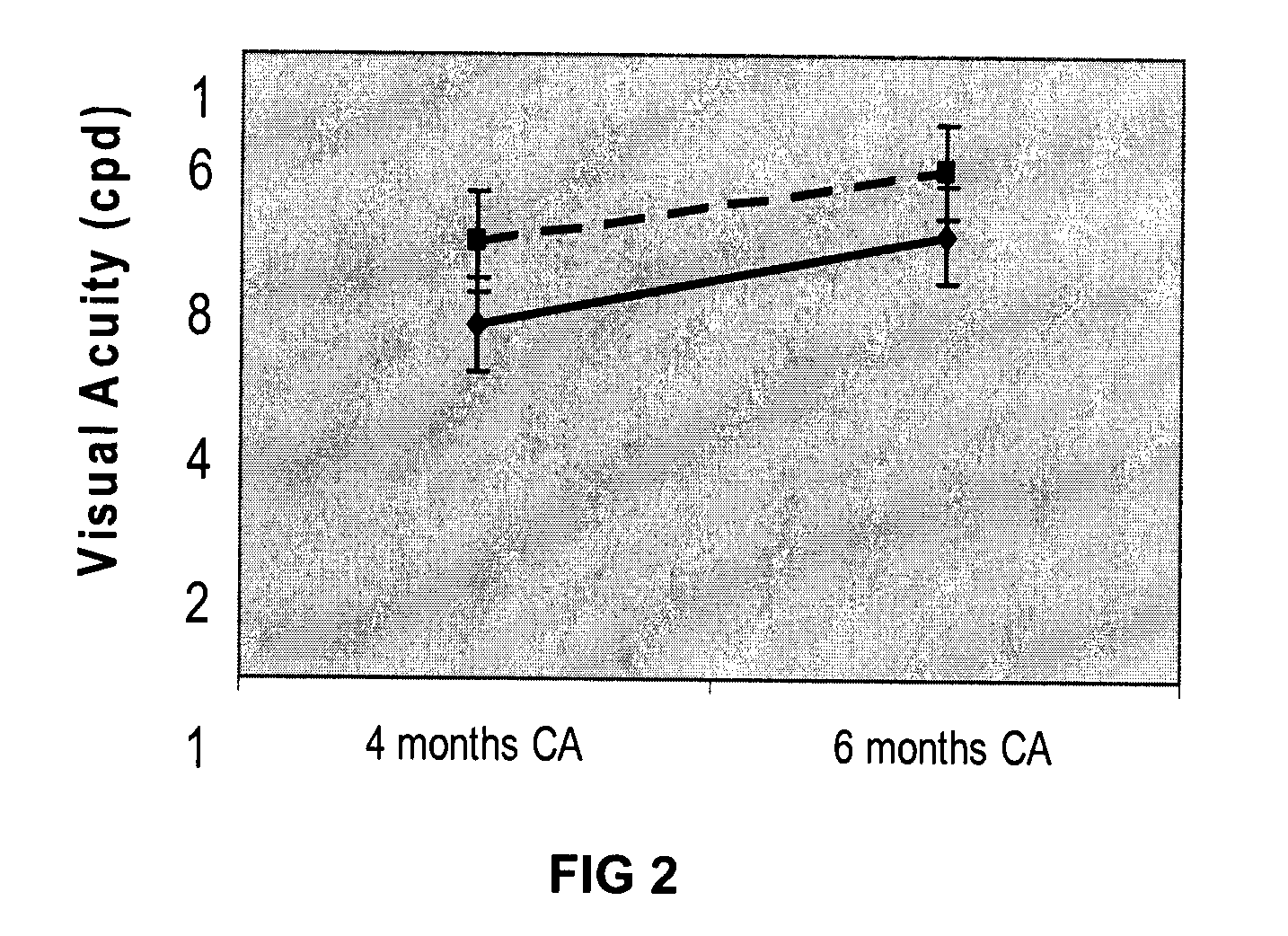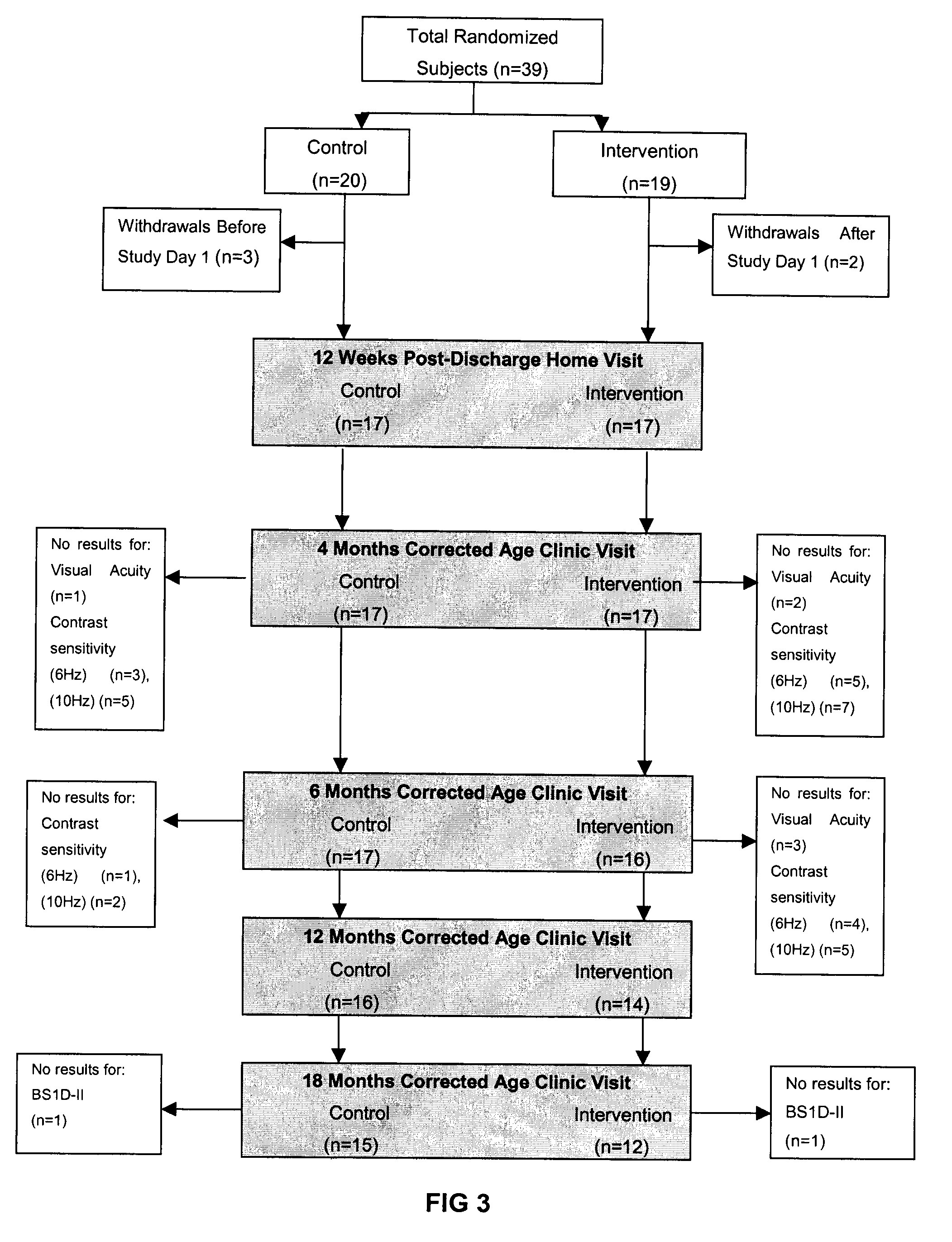Multi-nutrient milk fortifier
a multi-nutrient, milk technology, applied in the field of multi-nutrient fortifiers, can solve the problems of malnutrition, increased risk of infection, reduced cell number, and reduced neurotransmitter availability and function,
- Summary
- Abstract
- Description
- Claims
- Application Information
AI Technical Summary
Benefits of technology
Problems solved by technology
Method used
Image
Examples
example
[0046]As mentioned above, studies have indicated that human milk-fed babies may be more malnourished at hospital discharge and have a slower rate of return to nutritionally adequacy (2, 19, 31, 47-52). However, observational studies can often be confounded by other differences between groups.
[0047]In hospital settings, the addition of multi-nutrient fortifiers to human milk in order to improve the growth and development of low birth weight (LBW, 5, 6, 12). While malnutrition among breastfed premature infants immediately following hospital discharge is a well described clinical concern, up until now there has been little research evidence to suggest a benefit of a proactive approach to nutrition post-discharge (1-7) Nonetheless the level of concern has risen with the increased survival of smaller premature infants, their proportionally higher nutrient-deficits and with greater emphasis on rapid hospital discharge. Today, more premature infants that ever are going home at risk of maln...
PUM
| Property | Measurement | Unit |
|---|---|---|
| total volume | aaaaa | aaaaa |
| birth weight | aaaaa | aaaaa |
| birth weight | aaaaa | aaaaa |
Abstract
Description
Claims
Application Information
 Login to View More
Login to View More - R&D
- Intellectual Property
- Life Sciences
- Materials
- Tech Scout
- Unparalleled Data Quality
- Higher Quality Content
- 60% Fewer Hallucinations
Browse by: Latest US Patents, China's latest patents, Technical Efficacy Thesaurus, Application Domain, Technology Topic, Popular Technical Reports.
© 2025 PatSnap. All rights reserved.Legal|Privacy policy|Modern Slavery Act Transparency Statement|Sitemap|About US| Contact US: help@patsnap.com



